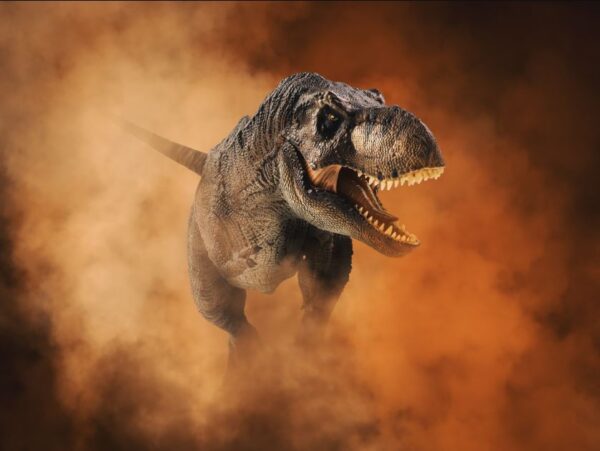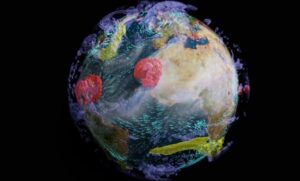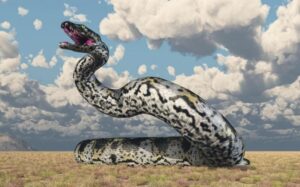Recently, research was conducted on the first 5 species of Dinosaurs – all of which were bipedal, agile, with clawed fingers and sharp teeth.
One of the characteristics that helped dinosaurs make great strides in evolution – surviving for 165 million years – was their super-fast growth rate, from giant carnivores like Tyrannosaurus to giant herbivores. like Argentinosaurus.
When did this rapid growth of dinosaurs first appear? A new study has shown that it has existed since the time of early dinosaurs. Microscopic signs in fossil bones from Argentina suggest they had growth rates comparable to today’s mammals and birds.
“Fast growth helps organisms avoid becoming small creatures for long periods of their lives. It also gives them more time to reproduce more throughout their lives, which helps enhance evolutionary adaptation across generations” – according to paleontologist Kristi Curry Rogers from Macalester College, Minnesota, lead author of the study published in the journal PLOS ONE.
The researchers studied patterns preserved in the bones of dinosaurs and some of their relatives that lived in northwestern Argentina about 231 million to 229 million years ago. The way mineral crystals and microscopic bone proteins, along with blood vessels and cell structures, reflect relative growth rates, according to Curry Rogers.
The study focused on the first five dinosaurs – all of which were bipedal, agile, with clawed fingers and sharp gums. Three of them were carnivores, predecessors of giant carnivores like T. rex and Giganotosaurus. Herrerasaurus and Sanjuansaurus were about 3-4.5 meters long, while Eodromaeus was about the size of a turkey.
The other two were the predecessors of long-necked dinosaurs like Argentinosaurus and Dreadnoughtus – Eoraptor and Chromogisaurus – about the same size as turkeys.
All five species showed signs of extremely rapid development. However, researchers were surprised to discover that there were not only dinosaurs but also a number of other reptiles in ancient environments. Argentina also had a similar rapid growth rate.
According to Curry Rogers: Dinosaurs began in a very humble form, as bipedal carnivores, dominated by many other diverse reptiles. The four-legged, crocodile-like Saurosuchus, which dominated the mainland at the same time with a length of 7m, as well as Proterochampsa and Trialestes, were found to have fast growth rates.
Other reptiles such as the herbivorous Hyperodapedon and the mammal-like Exaeretodon also grew rapidly, but their growth rate was steady and stopped several times during development – distinct from the rate of growth. the continued extremely rapid growth of dinosaurs.
Both dinosaurs and other reptiles evolved during the Triassic Period, after Earth’s most severe mass extinction event 252 million years ago. 95% of species died out due to severe climate change caused by volcanic activity in Siberia.
The rapid growth of these dinosaurs, similar to many other reptiles, appears to have been an advantage for the creatures in a volatile environment, Curry Rogers said. Dinosaurs’ unique combination of rapid growth and other physiological, biological, and behavioral factors enabled them to evolve brilliantly.
Another extinction event that occurred 201 million years ago at the end of the Triassic period eliminated many of the dinosaurs’ early competitors, paving the way for their true dominance.Curry Rogers said: As time passed, dinosaurs would continue to grow at a rapid pace, while other creatures would slow down. This transformation will lead to major changes in biodiversity over time. As dinosaur diversity increased, related crocodilians would have been constrained in their development and lifestyle changes.












